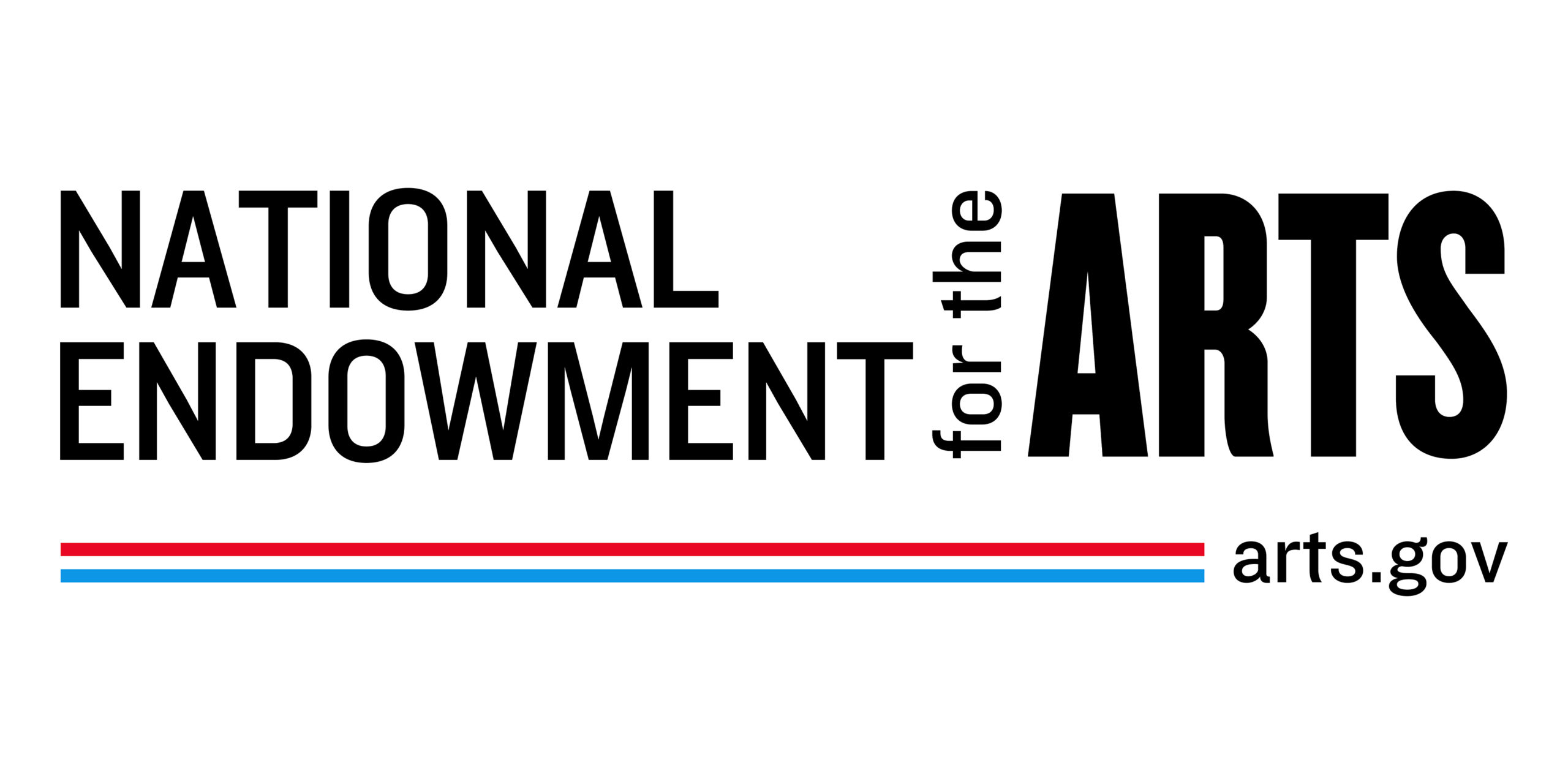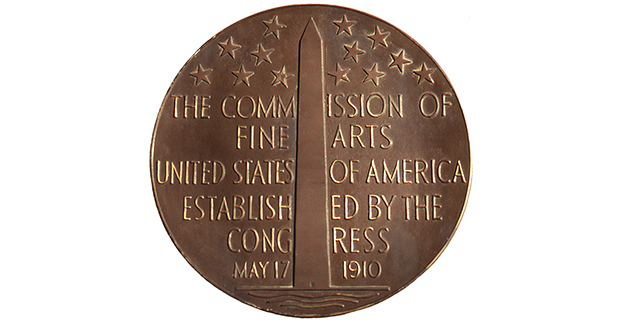History
Conceived on the eve of America’s formal entry into the Second World War and born amid the blackouts and rationing of a wartime capital, the Cathedral Choral Society of Washington, D.C. was acclaimed as “one of Washington’s civic treasures and a chief glory of Washington Cathedral.”

In November 1941, Paul Callaway, organist and choirmaster, and Washington National Cathedral Dean ZeBarney Thorne Phillips met to discuss their mutual dream for a 200-voice Cathedral chorus of men and women “to present, under the most rigorous performance standards, the great masterpieces of choral music in their original scorings and in an appropriate setting, and to encourage the composition of choral music by commissioning and performing new works of merit.”
Over its eighty years on the Washington cultural scene, the resident symphonic chorus at the Cathedral has presented music of celebration, commemoration, and consolation at times of historic national import. Singers first gathered on Monday evening, December 1,1941. Before their second rehearsal, the Japanese attack on Pearl Harbor plunged the United States directly into the Second World War. Music critics heralded the Cathedral Choral Society’s inaugural performance of Verdi’s Requiem on Wednesday, May 13, 1942, as “the beginning of a new era and of new possibilities in the field of choral singing.”
Shortly after the first performance, Paul Callaway, 30, was drafted into the army as a bandleader. In his absence, three distinguished interim conductors—William Strickland, Conrad Bernier, and Richard Bales—ably continued performances until Callaway’s return in May 1946.
Riding the crest of the great choral renaissance in America, Callaway embarked on ambitious musical presentations unprecedented in scope. During four decades as founding music director, he led the Society in thirteen world premieres and forty-two first Washington hearings by many of the twentieth-century’s distinguished composers, among them Samuel Barber, Leonard Bernstein, Ernest Bloch, Lili Boulanger, Benjamin Britten, Dave Brubeck, John Corigliano, Paul Hindemith, Arthur Honegger, John LaMontaine, Gustav Mahler, Gian-Carlo Menotti, Sergei Rachmaninoff, Ned Rorem, Leo Sowerby, and Igor Stravinsky. These concerts afforded early career opportunities for African American vocal artists such as Kathleen Battle, Todd Duncan, Jessye Norman, and George Shirley.
Dr. Martin Luther King, Jr., introduced as “the conscience of our nation,” preached his last Sunday sermon on March 31, 1968, at Washington National Cathedral. Four days later he was assassinated, and President Lyndon B. Johnson declared a national day of mourning for the civil rights leader. The Cathedral Choral Society gave an abridged account of its previously planned Palm Sunday presentation of Bach’s St. Matthew Passion. Callaway made cuts to the three-hour performance in real time after a strict 5:30 pm curfew was imposed on the nation’s capital engulfed in civil unrest. In 1998, Coretta Scott King attended a memorial performance of the St. Matthew Passion at Washington National Cathedral conducted by then-music director, J. Reilly Lewis, an internationally recognized Bach authority and founder of the acclaimed Washington Bach Consort.

At the height of Vietnam antiwar protests, Cathedral Dean Francis B. Sayre, Jr., invited Leonard Bernstein to lead a free “Concert as a Plea for Peace” on the eve of Richard Nixon’s second inaugural in 1973. The legendary maestro conducted an electrifying performance of Haydn’s Missa in Tempore Belli— with an unnamed chorus and orchestra—before an audience of 2,500 with 25,000 gathered outside in a bitterly cold January rain.

With the election of Dr. J. Reilly Lewis in 1985 as Callaway’s successor, the Choral Society reached beyond the Western choral canon to present long-unheard or suppressed Russian masterpieces—Janaček’s Glagolitic Mass, Taneyev’s John of Damascus, and Rachmaninoff’s unaccompanied All Night Vigil—from the former Soviet Union and its satellite states. “Mystics Ancient and Modern” concerts featured Anonymous 4 and music of the Holy Minimalists, Henryk Górecki Arvo Pärt, and John Tavener.
To celebrate a thousand years of Russian Orthodox liturgical music in 1988, the Society presented a concert devoted entirely to unaccompanied singing in Church Slavonic. During the May 1990 visit of Soviet President Mikhail Gorbachev, Cathedral Choral Society singers welcomed Raisa Gorbacheva to the Library of Congress with Russian Orthodox liturgical music.
Emotionally powerful concerts marked significant World War II anniversaries with rarely heard music by Jewish refugees who had fled Nazi-occupied Europe—Erich Zeisl’s Requiem Ebraico and his father-in-law Arnold Schoenberg’s Kol Nidre. And Frank Martin’s In Terra Pax, composed in anticipation of VE-Day, with Senator Robert Dole interpolating immortalized words of Churchill, Roosevelt, and Eisenhower.
Lewis conducted the Society in world and Washington premieres, including the rediscovered Berlioz Messe sollennelle. William Strickland Commissions have resulted in major choral and orchestral works by Gregg Smith, Stephen Paulus, and Dominick Argento. The Richard Wayne Dirksen Endowment has underwritten twenty new Christmas carols by American, British, Norwegian, and Welsh composers.
During Lewis’s 31-year tenure, he collaborated with world-renown artists—Dave Brubeck, Van Cliburn, Denyce Graves, Thomas Hampson, Dmitri Hvorostovsky, Samuel Pisar, Robert Shaw, Leonard Slatkin, Sam Waterston, and David Willcocks—and created partnerships with major arts organizations, including the National and Baltimore Symphony Orchestras, The Washington Ballet, Washington Performing Arts Society, and the Kennedy and Lincoln Centers. Under Lewis’s direction, the chorus released ten recordings, among them three best-selling editions of Hymns Through the Centuries and Argento’s Evensong: Of Love and Angels.
After the September 11 terrorist attacks, the Choral Society joined with the National Symphony Orchestra at the Kennedy Center for the “Concert for America” conducted by Leonard Slatkin, and, a year later, sang for the Cathedral’s interfaith service with Archbishop Desmond Tutu, broadcast live worldwide.
Steven Fox succeeded the late Dr. Lewis as the Society’s third music director in 2017. His inaugural season opened with a collaborative, world-premiere performance of Alexander Kastalsky’s nearly forgotten Requiem, a universal memorial echoing the tragedy and hope of the “war to end all wars,” filled with the funerary melodies, hymns, marches, and folk music of the Allied nations.” Four internationally renowned ensembles joined the Cathedral Choral Society under the baton of Leonard Slatkin to present the world-premiere of Kastalsky’s Requiem in an October 2018 concert commemorating the 100th anniversary of the Armistice. Recorded live in Washington National Cathedral during the concert, the CD has received two 2021 GRAMMY® nominations.
Margaret Shannon, author


